As the biggest city in Northern Thailand, and third largest city in Thailand, Chiang Mai is a well-known and popular city to visit, offering a magical blend of tradition, adventure, and relaxation.
But because it’s such a huge city and far from the bustling capital, many people wonder; is Chiang Mai worth visiting? In our opinion, Chiang Mai is definitely worth a visit.
Despite its size, it has a relaxing atmosphere and an ethos that beckons you to take things slow. It’s surrounded by nature that instills calmness in you, not to mention the hundreds of ancient temples that sit both inside and outside its historic city walls.
Chiang Mai offers everything from jaw-dropping nature, to vibrant night markets, elephant sanctuaries, and ancient temples, making it the perfect escape from the hustle and bustle of Bangkok
But if you’re still on the fence about visiting Chiang Mai, here are some reasons why Chiang Mai is worth visiting, as well as a few reasons why you might want to avoid it.
Is Chiang Mai Worth Visiting?
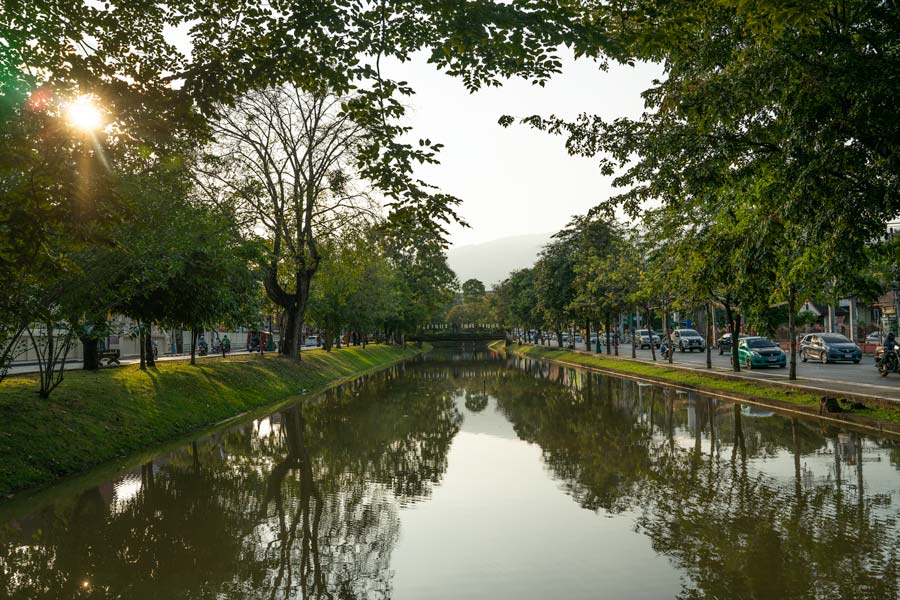
Also known as the ‘Rose of the North’, Chiang Mai is definitely worth visiting. It caters to a huge variety of travelers wanting to experience a more authentic side of Thailand.
Whether you have a deep passion for history and find yourself fascinated by the country’s intricate temples, a huge foodie eager to taste the authentic dishes of the North, or perhaps you find solace in the wider regions’ stunning natural beauty, there is something for everyone in Chiang Mai.
As the third largest city in Thailand, it has a plethora of attractions to keep you entertained for a while. You could easily spend 5 days in Chiang Mai and never get bored.
It’s also really easy to navigate, with much of the inner city being accessible on foot, or you can rent a scooter and explore the surrounding hills and nature sites.
It’s safe and has all the modern conveniences you would want from a destination, making it really easy to fall into the daily life of Chiang Mai.
Pros of Visiting Chiang Mai
1. Incredible Cultural Heritage
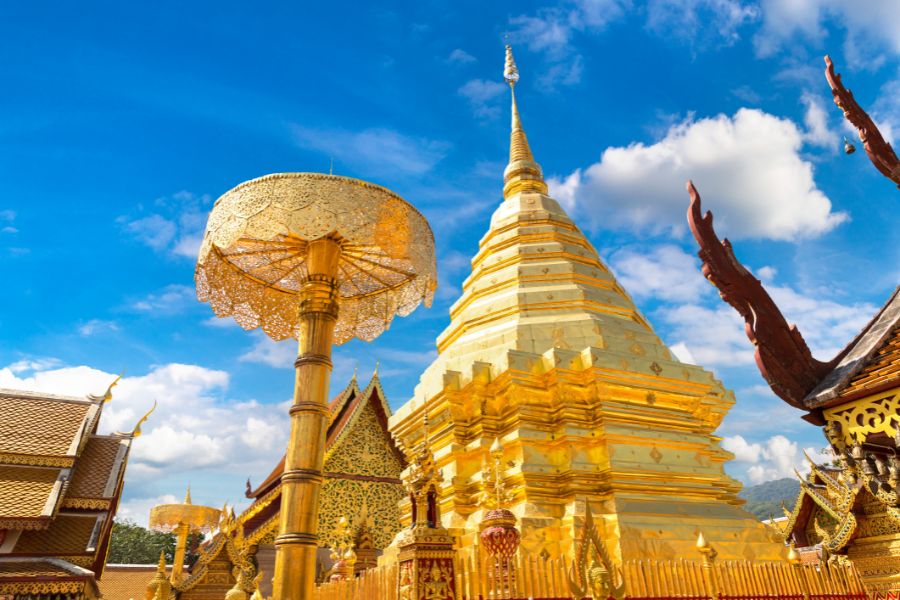
If you’re thinking of coming to Thailand, chances are you’re the type of traveler that really values visiting somewhere due to the incredible culture on offer, engaging in the unique atmosphere and heritage of said place because it’s truly different to perhaps what you’re used to.
Chiang Mai is one of Thailand’s most cultured cities with a real abundance of traditional customs.
Whether you’re visiting some of the city’s stunning temples like Wat Phra Singh or Wat Phra That Doi Suthep, immersing yourself in traditional ceremonies and festivals such as Loy Krathong or Songkran, getting stuck in with the province’s deep spiritual roots in meditation at a relaxing retreat, or even witnessing for yourself Chiang Mai’s special Lanna Buddhist culture that differs slightly to the widespread Theravada Buddhism found all over Thailand.
Whichever reason it is you choose to visit Chiang Mai, one thing is for certain, there’s no shortage of authentic cultural experiences to discover in this vibrant city of Northern Thailand.
2. Stunning Ancient Temples
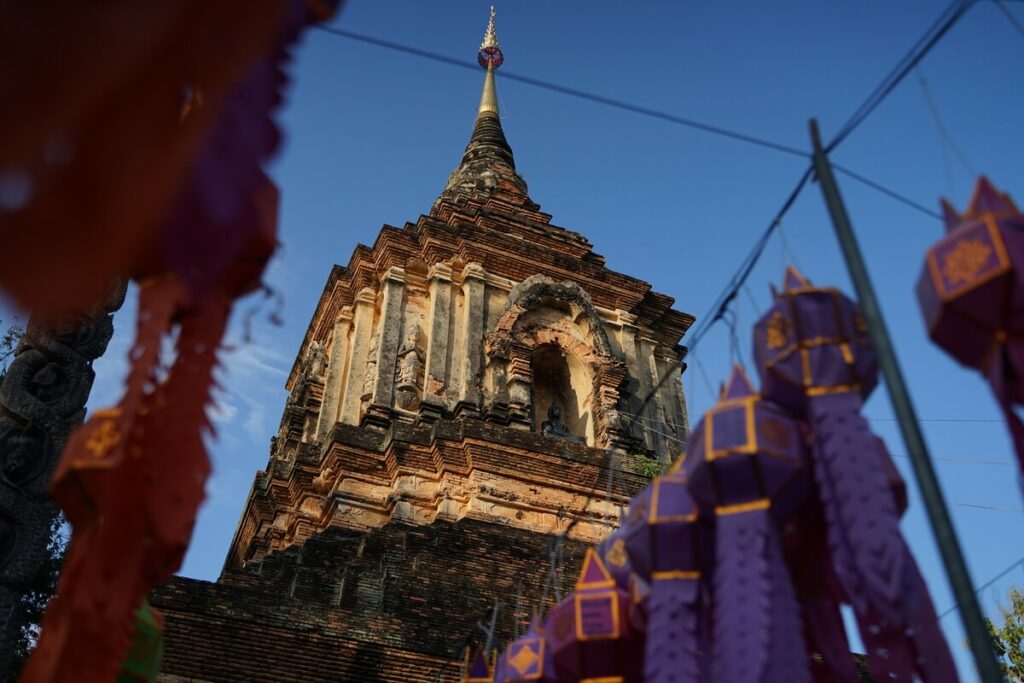
For lucky visitors to Chiang Mai, the city is actually one of the best places in the country in terms of visiting the spectacular temples that Thailand is famous for.
Wat Phra Singh, the largest in the city, dates back to 1345 making it almost 680 years old, and is thought to be one of the finest examples of Lanna temple architecture in the North.
It was originally built by the fifth king of the Mangrai dynasty, King Pha Yu, to house the ashes of his father King Kham Fu. Today, the temple is home to an important statue of Buddha, the Phra Buddha Sihing, which actually originated in Ceylon (present-day Sri Lanka).
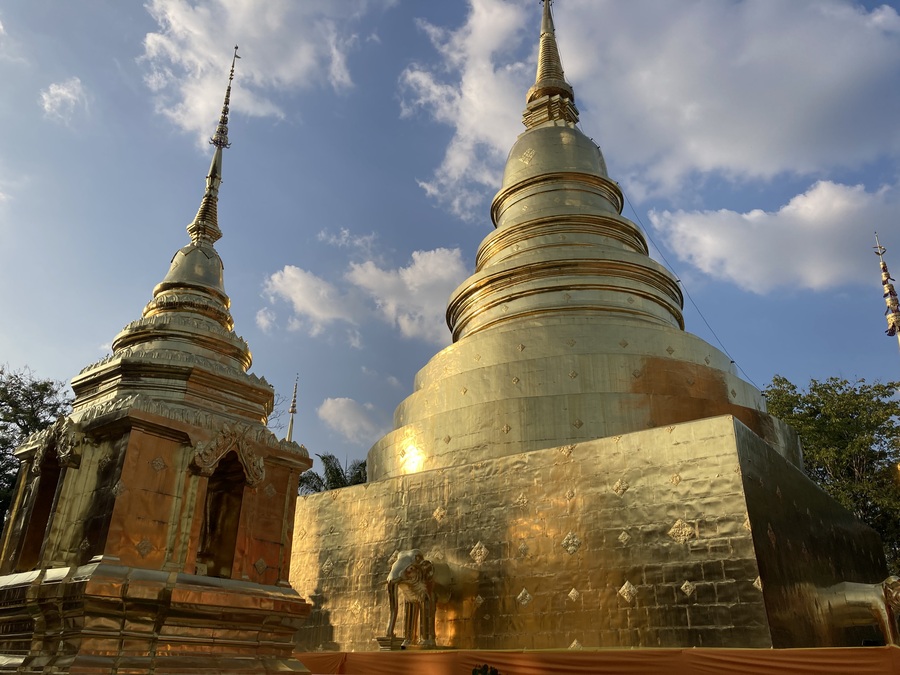
Wat Phra That Doi Suthep is another wonderful example of Thai Buddhist architecture, perched right on top of one of the tallest mountains in the region.
In order to get to it, you have to drive up a very long and very windy mountain road before reaching a grand staircase guarded by two Nagas.
Once you reach the top, you are certainly rewarded, with an incredible view over Chiang Mai, not to mention the stunning golden chedi which is the star of the show.
These are just two of Chiang Mai’s stunning temples, but honorable mentions go to Wat Chedi Luang Varavihara and Wat Suan Dok.
3. Endless Natural Beauty
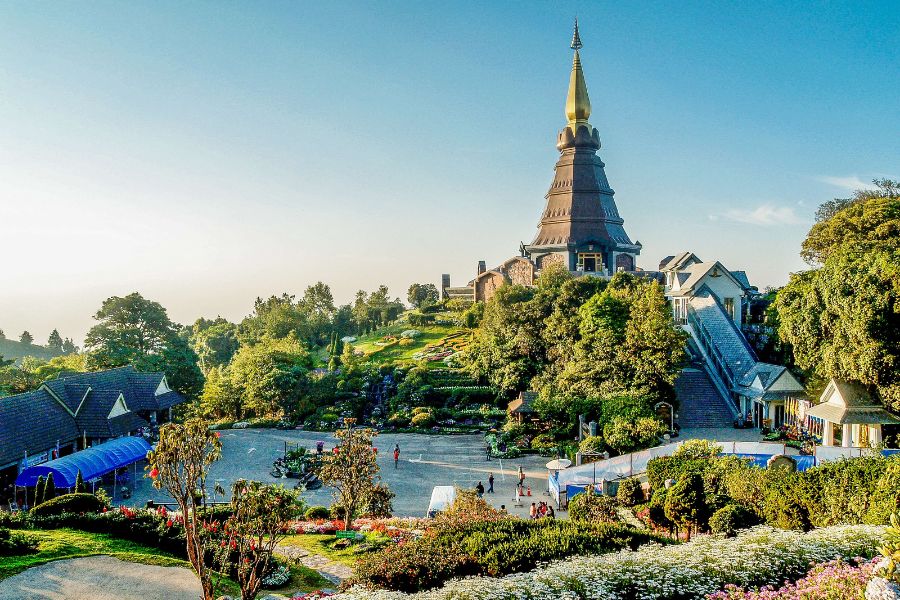
Due to its geographical location, Chiang Mai is one of the best places in the country if you enjoy being completely immersed in nature.
The city itself is actually situated in the middle of a valley, therefore completely surrounding the hustle and bustle of downtown Chiang Mai are tall mountains and dense jungle.
Because of the province’s mountainous nature, there are plenty of waterfalls that you can visit, each with its own unique charm and characteristics. Mae Sa Waterfall is super scenic and actually features 8 waterfalls that follow the path of the river.
In the rainy season, swimming is prohibited due to the force of the water, however, in the dry season, swimming is encouraged.
Chiang Mai also offers plenty of hiking trails suitable for a range of abilities, with certain trails leading up to tall peaks, or just through valleys leading to viewpoints and even remote local villages.
It is this connection with Thailand’s peaceful nature that keeps visitors coming back to the city, especially city-dwellers who are based in Bangkok.
4. Ethical Elephant Sanctuaries
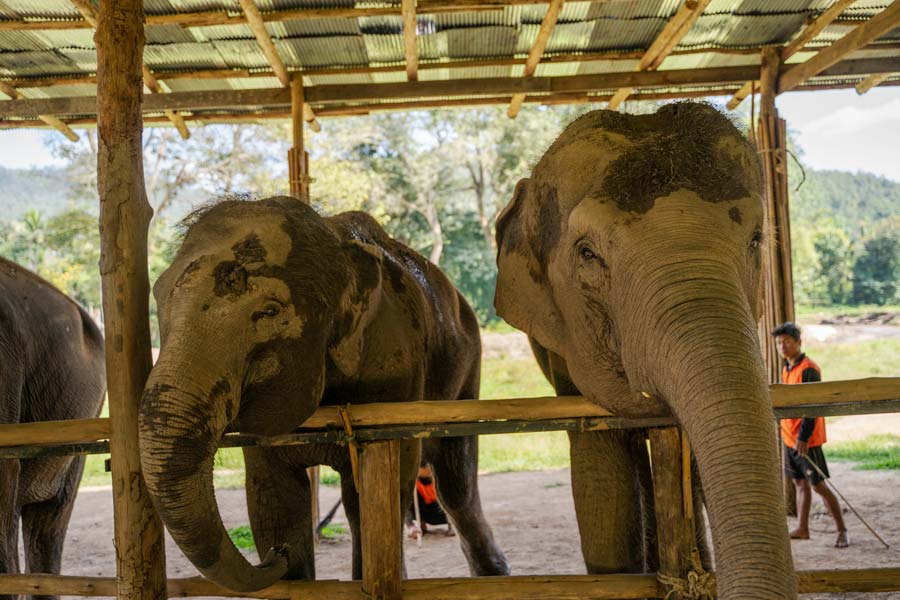
No trip to Thailand is complete without paying a visit to see one of the country’s national symbols, and Chiang Mai is one of the best places to visit in Thailand to do just that.
Being a mountainous tourist hotspot, there are plenty of ethical elephant sanctuaries around Chiang Mai offering visitors a magical chance to get up close and personal with these gentle giants, whilst still supporting their wellbeing by choosing to do so ethically.
One of the key aspects of elephant sanctuaries around Chiang Mai is that there is certainly no lack of space. The best sanctuaries allow their elephants to roam freely in an expansive natural environment which really adds to the overall health of the elephant.
Instead of riding them like many elephant ‘sanctuaries’ have offered in the past, visitors can interact with them in helpful and respectful ways like feeding them and giving them mud baths, which is hugely beneficial to the elephant’s tough skin.
Any ethical elephant sanctuary will use the entry fees and donations to contribute to the care and welfare of their animals. This not only benefits the elephants but also benefits you knowing that your money is going to a worthy cause.
5. Delicious Culinary Delights Unique To The Region
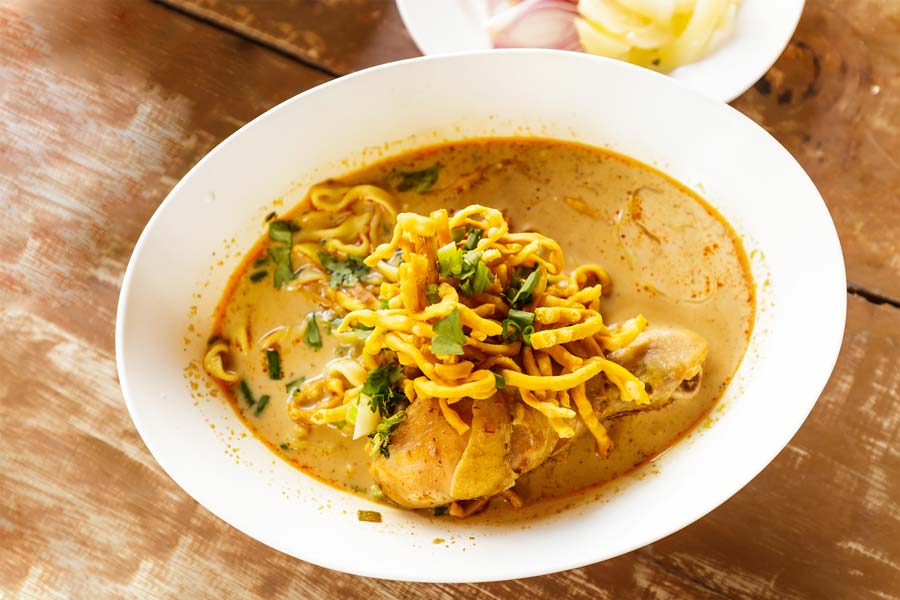
The food in Chiang Mai is a testament to the Northern region’s rich and diverse heritage and any foodie is going to be VERY happy being in the city.
You may notice that the dishes you’ll find in the mountainous Northern region of Thailand are mostly a lot milder than dishes you’ll find down in the south.
This is the Burmese and Chinese influence coming through, with neither country particularly well-known for their perfect chilli-growing climates.
Northern Thai cuisine is focused much more on herbs rather than spices, but that’s not to say the dishes are any less flavourful. One of the tastiest dishes in the entirety of my Southeast Asian trip originates from Chiang Mai – the infamous Khao Soi.
An absolute must-try, Khao Soi is a fragrant creamy coconut curry served with soft egg noodles, slow-cooked chicken, served with crispy shallots, crispy noodles, and a juicy wedge of lime for garnish.
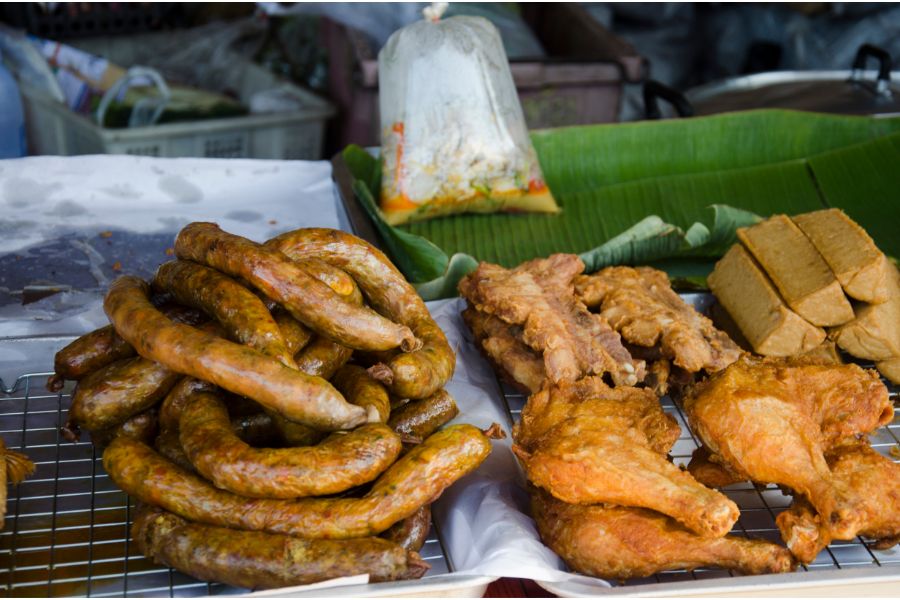
Sai Ua is another Northern Thai specialty and is a type of sausage, made with lemongrass, galangal, kaffir lime leaves, and chili to make a tasty, aromatic delight that is usually paired with crunchy cabbage and fresh, whole chili.
Another famous curry, with origins from Burma, is Gaeng Hang Lay. Slow-cooked chunks of beef or pork, potato, and onion are married with a rich tamarind-infused broth served with steamed or sticky rice. It’s super flavourful and perfect for when the nights get a little chilly in the cool season.
6. Ascend to the Roof of Thailand

When you’re visiting the Chiang Mai region, making your way to Doi Inthanon National Park is an absolute must-do.
Home to the tallest mountain in Thailand, you’ll have the amazing opportunity to make your way up to the very top, and on your ascent, you’ll snake your way through the dense jungle on a twisty, seemingly never-ending road, eventually reaching an incredible elevation of almost 8,500 feet.
The Doi Inthanon National Park is known all over the country for its incredibly rich biodiversity, with thousands of unique plant and animal species calling the park home.
Right at the very summit, there’s admittedly not a lot other than a sign telling you that you’re standing at the highest point in Thailand, but a few minutes down from the very top are the Royal Twin Pagodas.
These two absolutely gigantic pagodas were both built to honor the 60th birthdays of the late King Bhumibol Adulyadej and his wife Queen Sirikit.
Depending on whether it’s a clear day or not, you’ll have the most amazing views of the surrounding jungle extending for miles and miles as far as the eye can see.
As well as these incredible views, the pagodas are surrounded by beautifully manicured gardens, stone pathways, and several carp-filled ponds.
7. Bustling Weekend Markets
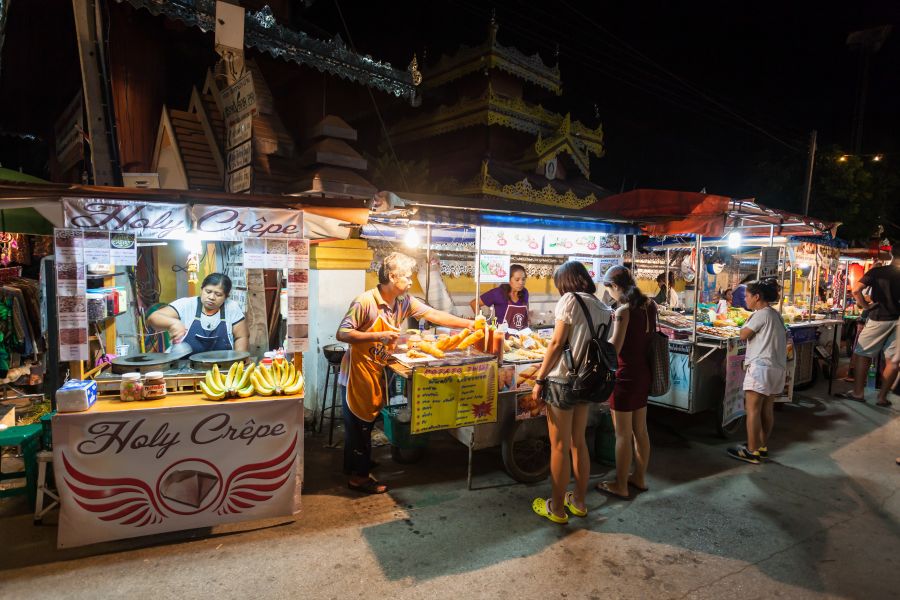
If there’s one thing Thailand is not short on, it’s markets. No matter what day or what time of day it is, there will be some sort of market going on somewhere in the country.
The locals absolutely love them, and so do tourists. They’re such a great way of creating a buzzing atmosphere with a variety of different stalls selling a wide variety of products, the wafts of deliciousness from street food, and the overall good vibes are just unmatched.
Chiang Mai is one of the best places in the country to come for a good market, with the Chiang Mai Night Bazaar arguably the most famous one.
Every evening from 5.00pm, the streets come alive with a dizzying array of stalls selling everything from electronics, and local handmade goods, to typical souvenirs and even football shirts.
On a Sunday, the road running west from Tha Pae Gate is closed to traffic and transforms into another night market, full of locals selling goods alongside plenty of street food stalls selling the famous Khao Soi and other dishes as well as even pop-up massage tents for a quick detox.
8. Cooler Climate
Being situated in the mountainous Northern region of Thailand comes with many benefits, with one being a slightly cooler and milder climate, especially in comparison to other areas of the country.
The cooler season in Chiang Mai runs from November to February, during which daytime temperatures usually range from 20 degrees Celsius to no more than 30 degrees. Even though the temperatures can get cold, don’t worry, it won’t snow in Thailand!
Naturally, then, evenings and early mornings can be actually quite chilly which makes for a pleasant change.
The cooler season also coincides with the dry season meaning that this time of year is excellent for getting out and about and exploring the best of what this gorgeous region has to offer. Sunny, clear skies and a serious lack of rainfall make it perfect for outdoor adventures.
If you’re travelling to Thailand for any serious length of time, you may want to consider visiting Chiang Mai when the temperatures become too hot in Bangkok and further down south which is usually from March onwards until August.
Read More: Best Time to Visit Chiang May: Month & Season
9. Big expat community
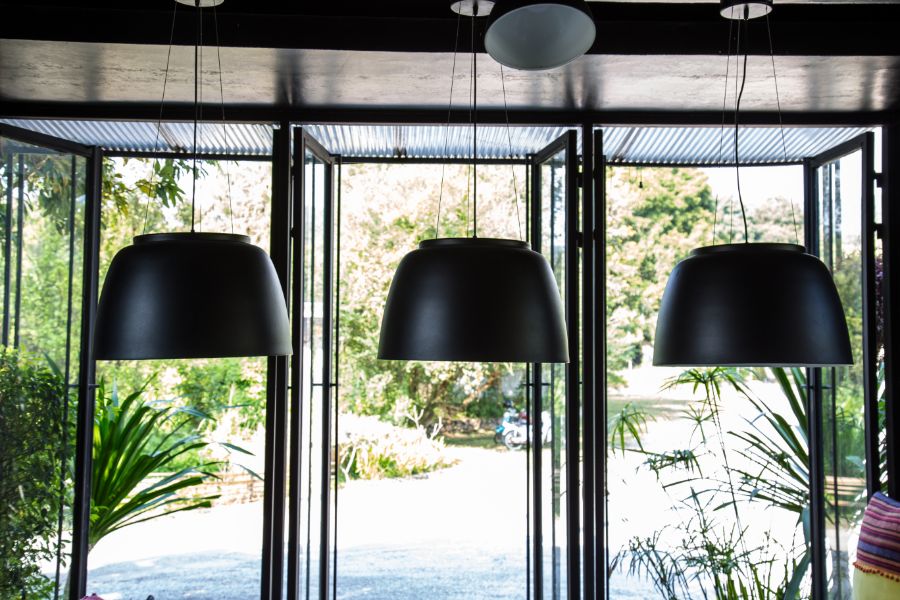
It’s estimated that Chiang Mai has around 30,000 expats and digital nomads, which means you are likely to bump into more Westerners in Chiang Mai than anywhere else in the country.
The urban coffee shops and a plethora of coworking spaces mean Chiang Mai is a haven for remote workers. Not to mention the regular conferences, meet-up groups, and networking events that take place here.
For digital nomads, there is no better place to work than in Chiang Mai.
10. The Lantern Festival
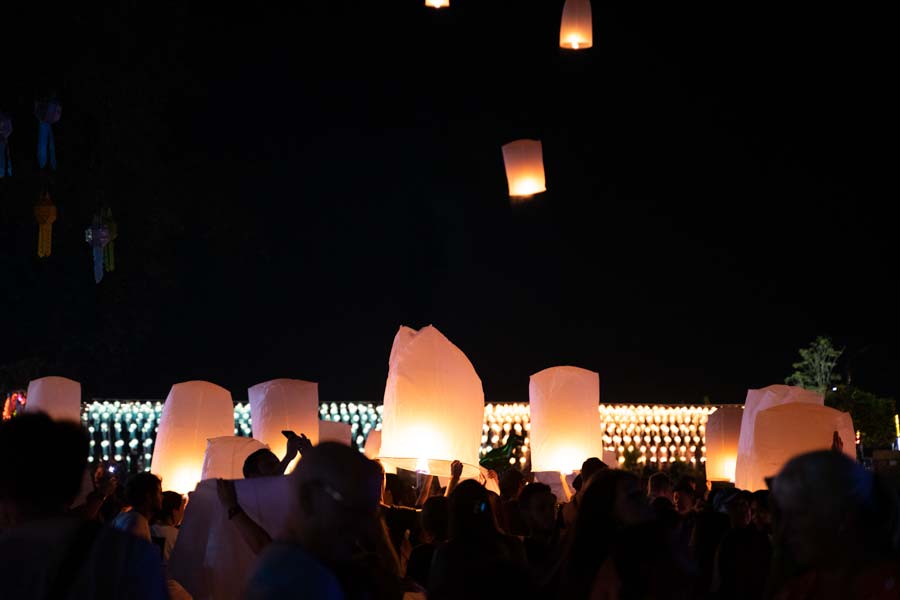
The Lantern Festival is held every year in November, and while it’s celebrated all over the country, there is no better place to experience this festival than in Chiang Mai.
The Lantern Festival, also known as Yi Peng, offers a unique opportunity to immerse yourself in Thai culture. Witness traditional rituals such as the release of hundreds of lanterns into the sky, visit temples adorned with lanterns, and participate in age-old customs that symbolize new beginnings and good luck.
Picture thousands of glowing lanterns illuminating the night sky, creating a mesmerizing scene. This breathtaking display is a sight to behold and provides an unforgettable experience.
Another way to celebrate this festival is to release lanterns or floating krathongs (decorative boats) on the river in Chiang Mai, which signifies the release of worries and negative elements. It’s a chance to let go of past troubles and embrace a fresh start.
Chiang Mai comes alive during the Lantern Festival with dance performances, food stalls, and colorful lantern displays. It’s the perfect place to revel in the festive atmosphere as locals and tourists come together to celebrate.
Cons of Visiting Chiang Mai
1. Pollution During The Burning Season
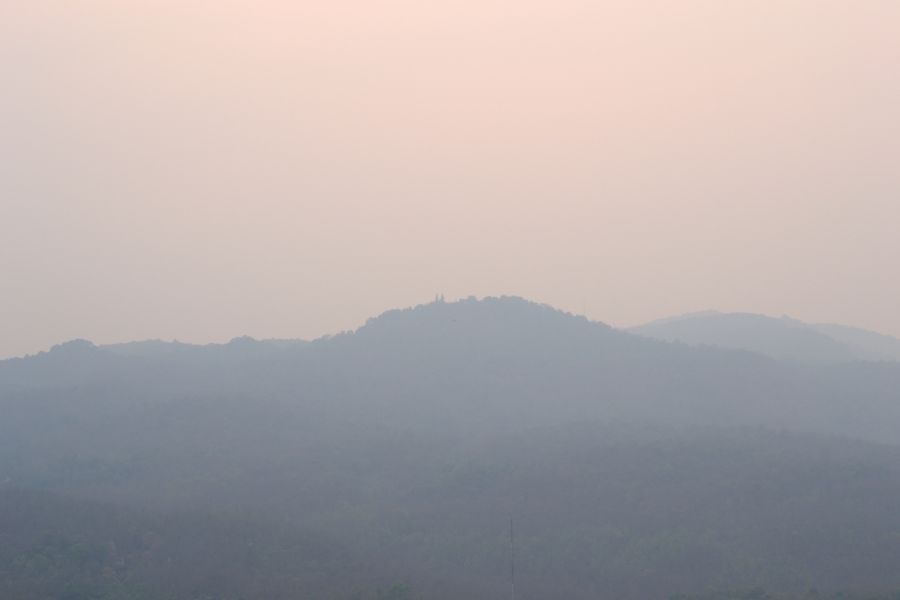
During the months of February and March, Chiang Mai experiences its notorious “smoky season,” also sometimes called “The Burning Season.”
This period coincides with the practice of farmers burning crop residues, leading to a thick haze of pollution that envelops the city and surrounding areas.
The air quality during this time can deteriorate significantly, affecting visibility, and can even be harmful and potentially cause respiratory issues for some individuals.
During this time, many of the residents who can leave, head down to the islands to escape the smog. If you’re visiting Thailand during these months, you may not think Chiang Mai is worth visiting due to the pollution levels.
2. Urban Living (It’s Becoming Hipster)
With the rise of digital nomads basing themselves in Chiang Mai, the city is starting to lose its spirit.
More urban coffee shops, trendy boutiques, and modern restaurants and bars are opening up, and while it’s great to see this development, it can also sometimes deter from the original charm of the place.
3. Slow Pace Of Life
Unlike the metropolitan energy found in Bangkok or other global cities, Chiang Mai offers a more tranquil ambiance with a slower pace of life.
Though this serenity can be appreciated by some, urban enthusiasts looking for constant stimulation and a fast-paced lifestyle may feel less enthused about what Chiang Mai has to offer.
4. More Relaxed Nightlife
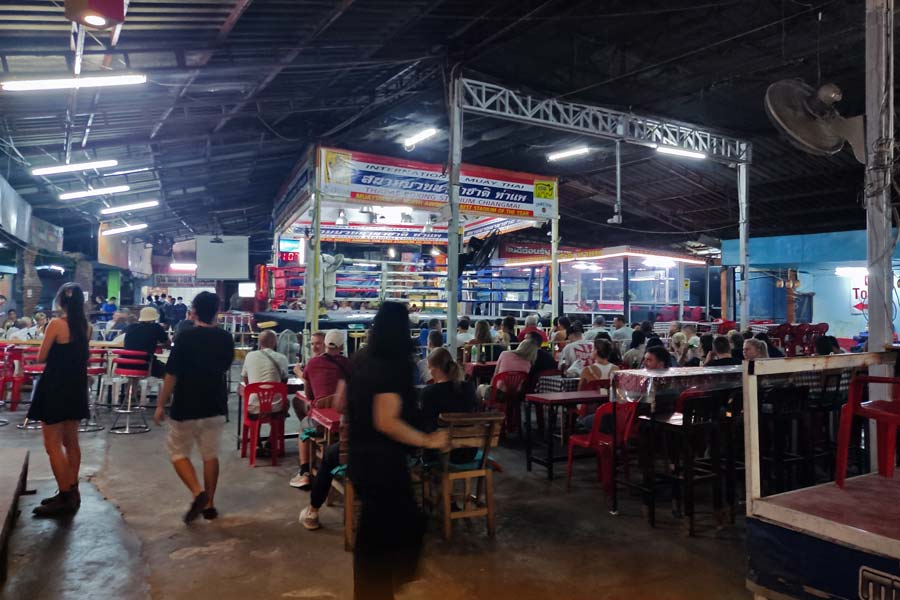
While Chiang Mai does have a nightlife scene, it may not compare to the electrifying party scenes of cities like Bangkok or Phuket.
The city tends to offer a more subdued and intimate setting for socializing and entertainment, with more people preferring to watch a live band play in a night market, or catch a Muay Thai match, as opposed to clubbing.
Those seeking vivacious clubs, booming music, and all-night parties might find themselves wanting more from the nightlife in Chiang Mai.
However, for travelers who prefer cozy bars, live music performances, and chill evening gatherings, Chiang Mai definitely promises this.
5. Not Great For Shopaholics
If your idea of a perfect vacation involves extensive shopping sprees and sprawling malls, Chiang Mai’s shopping scene might not live up to your expectations.
While there are markets and boutiques selling unique handicrafts, traditional clothing, and local souvenirs, it lacks the glitz and glamour of larger cities’ shopping districts.
Instead, Chiang Mai is known for its vibrant street markets like the famous Night Bazaar, where you can immerse yourself in the authentic local experience and bargain for one-of-a-kind treasures.
The shopping malls here are pretty basic compared to Bangkok.
Final Thoughts
If you’re contemplating a visit to Chiang Mai, we cannot think of many reasons not to visit.
The city, and indeed its wider province, offers travelers a unique opportunity to explore a beautiful side of Thailand that’s rich in culture, has beautiful temples, tasty cuisine, and undeniable natural beauty all wrapped up in one place.
We hope this guide helped you decide on whether to add Chiang Mai to your itinerary.
